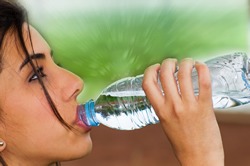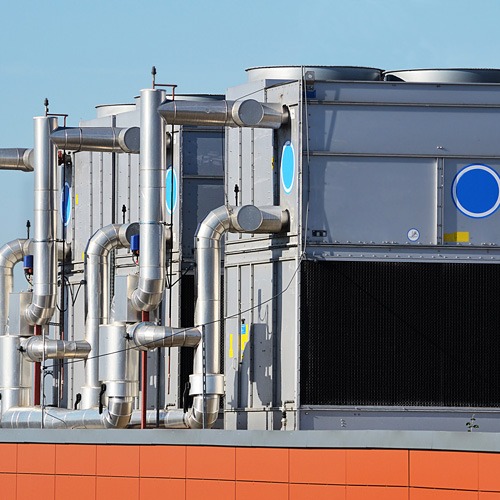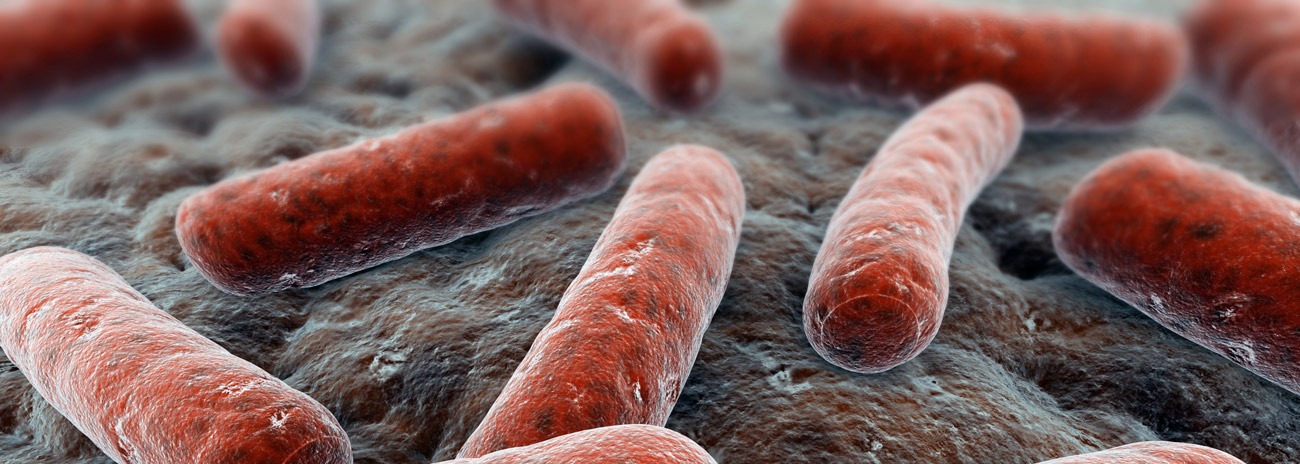Disinfection By-Products in Drinking Water
Disinfection by-products or DBP – What are they?
Disinfection by-products are potentially toxic chemical compounds that are formed in extremely low concentrations during the disinfection of water supplies. They include chloroform and chloroacetic acids formed during chlorination, and bromate which is a by-product of ozone treatment. They are the products of the reaction between disinfectants and natural, or sometimes man-made, organic and inorganic substances present in water sources.
Why the concern?
Studies on laboratory animals using very high doses of DBP have shown that some, such as chloroform and bromate, are implicated in the development of cancers. Concentrations of DBP in drinking water are extremely low but it has been suggested that prolonged exposure to very low doses might have the same effect as short-term exposure to high doses.
What is being done about DBP in drinking water?
It is not possible to simply stop using disinfectants. The introduction in the UK of general disinfection of water supplies after the Croydon typhoid outbreak in 1936, reduced dramatically the incidence of drinking water related illnesses and eliminated deaths from cholera and typhoid. The theoretical risk of DBP toxicity must be weighed against the certainty that water that has not been disinfected can cause illness and even death.
Exposure to DBP is controlled by means of the health-based standards for chloroform and other trihalomethanes that are enforced by the Inspectorate. The standards are set in the European Commission’s Drinking Water Directive and the Inspectorate has advised water companies to optimise disinfection processes in order to minimise DBP concentrations in drinking water. The Inspectorate is responsible for checking whether water companies are complying with the standards and will take action if water companies fail to comply.
DETR research on DBP
A number of epidemiological studies have reported a relationship between consumption of chlorinated drinking water and small increases in the incidence of certain types of cancer. In these studies, the rates of illness in the community was compared statistically with consumption of water and exposure to DBP. Further studies are underway concerning the incidence of adverse pregnancy outcomes, particularly in the USA. DETR maintains a small programme of research to investigate the conclusions of these studies.
There are significant difficulties with the design and interpretation of drinking water epidemiological studies. Everyone drinks water and it is very difficult to isolate the drinking water contribution of DBP from other sources of exposure to carcinogenic chemicals e.g. smoking or workplace exposure. It is also very difficult to estimate either the drinking water consumption or the concentration of DBP in the water consumed over a particular period.
Studies which seek to investigate a particular relationship also tend to suffer from sources of bias which favour a particular conclusion e.g. the global assumption that everyone drank 2 litres of water per day is often made when retrospectively assessing mortality statistics. In reality, there is no certainty as to what amount of water was consumed and no allowance is made for the high proportion of water consumed in hot beverages, where the heating causes significant loss of volatile DBP such as chloroform. Such studies also fail to take account of other significant water related exposures to DBP e.g. inhalation in swimming pools.
The Inspectorate has received advice from the Department of Health’s expert committees. This advice confirms that disinfection is vital to the prevention of waterborne disease and that, providing steps are taken to minimise exposure to DBP, there are no grounds for changing current disinfection practices. This advice is contained in DWI Information Letter 12/99 that is posted on the Inspectorate’s website under Regulation of Water Companies – Information Letters.
© Crown copyright – Crown copyright material is reproduced with the permission of the Controller of HMSO and the Queen.s Printer for Scotland.







